The basic design of the vertebrae
We are no longer building saddle trees, but we have two videos about how Western saddles fit horses available on our westernsaddlefit.com website.
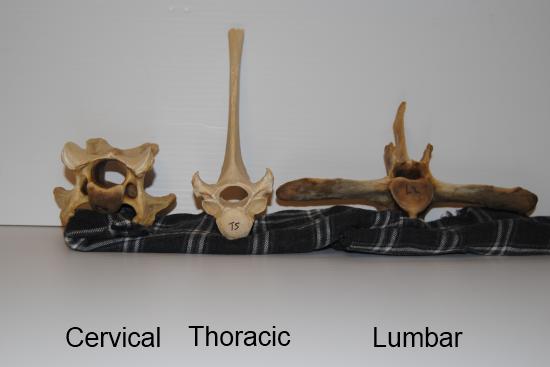
Although the vertebrae of the different sections of the spine may look a lot different, they all have the same basic design. There is the body. There is the vertebral arch above that, and then there are the stickie-outie-thingies, for which the proper term is “processes”.
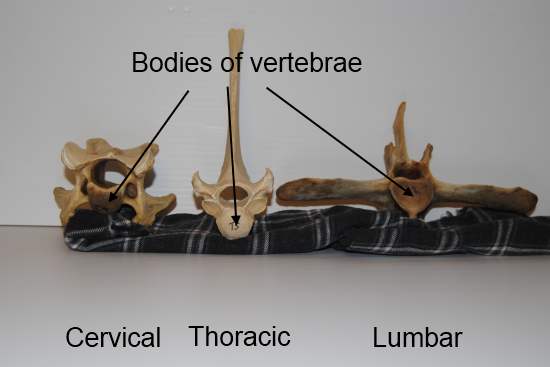
The bodies of the vertebrae are solid all the way through. The spinal discs separate the bodies of the vertebrae in real life, giving some “cushioning” between them. Depending on which part of the spine the vertebra comes from, there may or may not be a ventral crest that sticks out from the center of the bottom of the body of the vertebra.
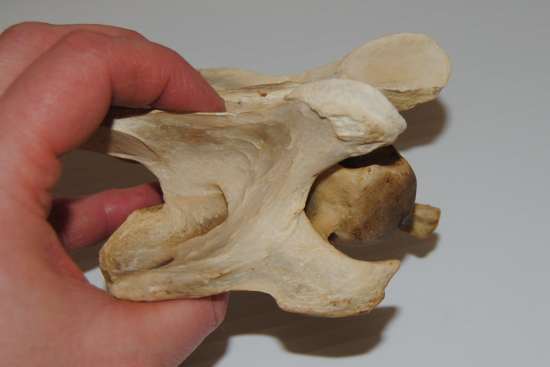
The ends are curved so they are convex cranially (towards the head)
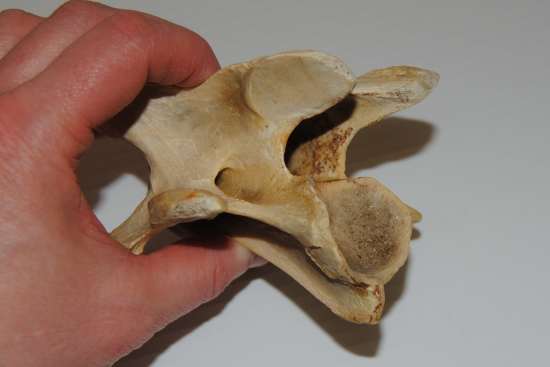
and concave caudally (towards the tail). Depending on the part of the spine, they can be very rounded
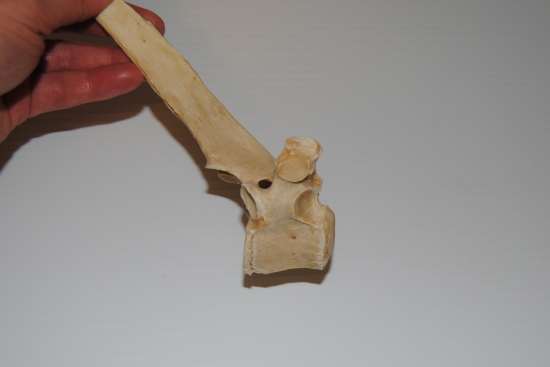
Or close to flat.
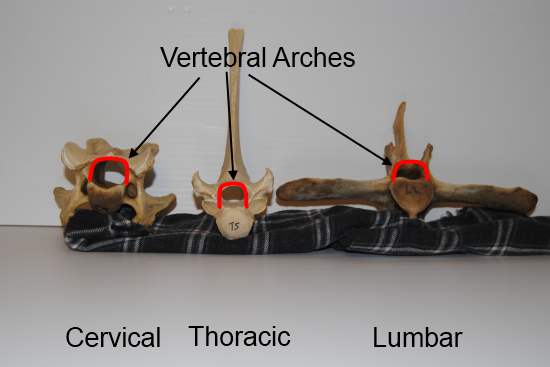
The vertebral arch encloses the vertebral foramen. Foramen is a fancy Latin word that means “hole”. (Learning anatomical terminology was much easier for those who spoke Latin…) The spinal cord runs through here, and the size of the hole varies, getting larger and smaller in different places as you go down the spine.
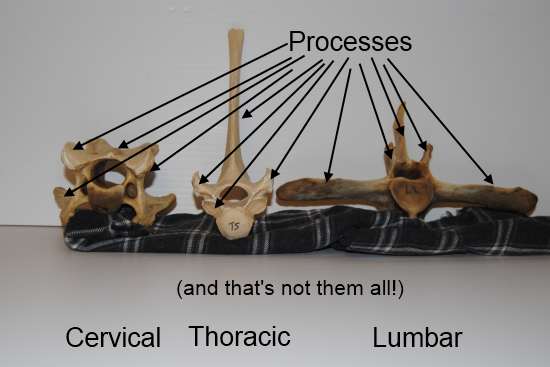
The processes all have specific functions. They either are attachment sites or support for ligaments and/or muscles. There are variations in size and shape depending on where in the spine they are, but there is a consistent design that runs through them all.
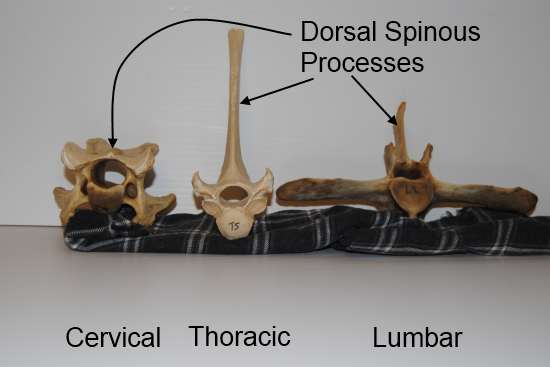
Every vertebra has a spinous process. These are on the top (dorsal side) of the vertebra. They can be very low, as in the cervical (neck) vertebrae, or very tall, as in the vertebrae that make up the withers. They can tilt backwards or forwards or be pretty straight up and down.
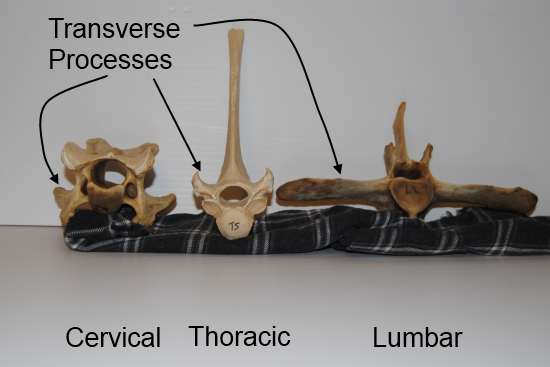
Every vertebra also has transverse processes that stick out both sides. Again, these can be very small, as in the thoracic vertebrae, or very long, as in the lumbar vertebrae.
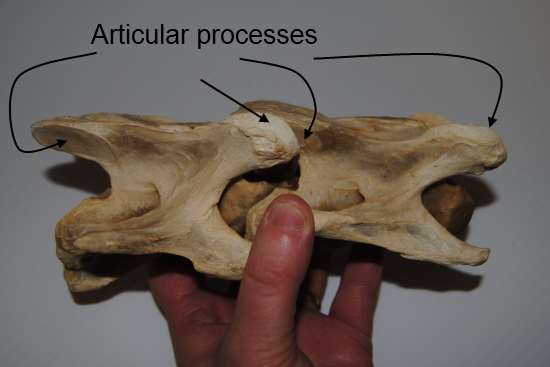
Then there are the articular (joint) processes. Besides the discs between the bodies, every vertebra joins to its neighbours by the true joints between these processes that stick out forward and backward at about 2 o’clock and 10 o’clock relative to the vertebral arch. The size and angle are different depending on where the vertebra is situated in the spine. On the cervical vertebrae, the articular processes are quite large, and while they are still at a bit of an angle, they are much closer to being horizontal relative to the body of the vertebra.
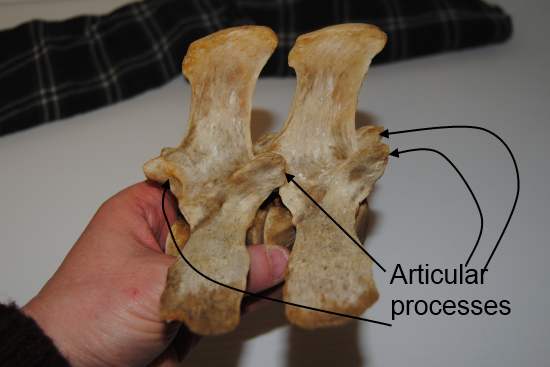
In the lumbar vertebrae, the processes are much smaller and more vertical.
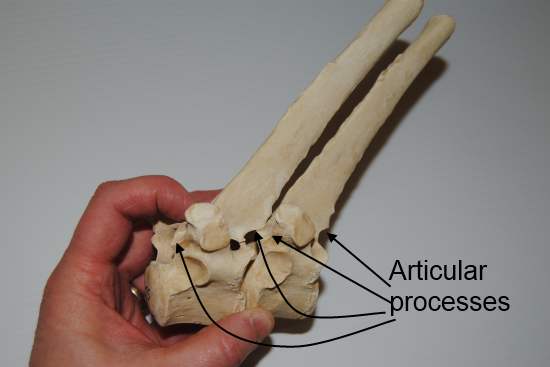
In the thoracic vertebrae, they are very tiny and are pretty much just flattened areas on the vertebral arch.
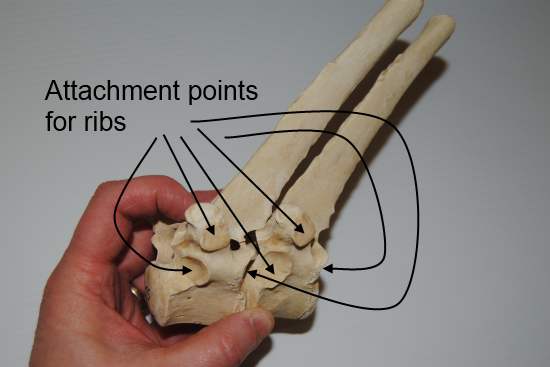
On the thoracic vertebrae, there are also places for the ribs to articulate. Ribs actually attach between two vertebrae and have a second section that attaches higher up too, so there are three points for rib attachment on each vertebra.
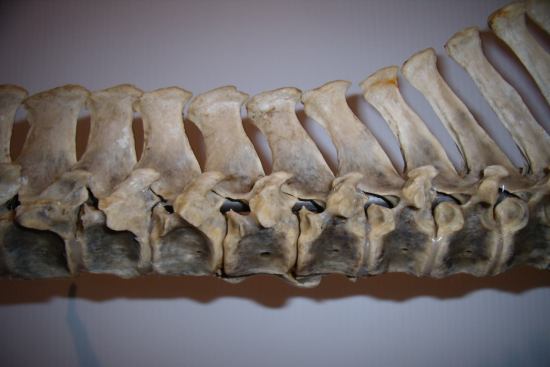
And between the vertebrae are holes which allow the nerves and blood vessels to enter and leave. In this case, instead of spinal cord, you can see the rod we used to support Arnie's spine.
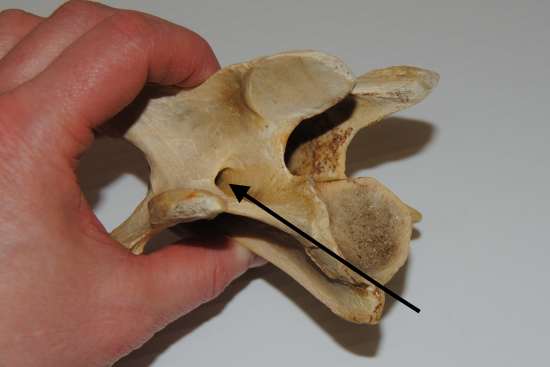
There are also holes in some of the vertebral arches as well. Like I said, a basic design, but lots of variations – sort of like the rest of creation…
When you start playing with the bones and you see how closely matched they are and how many places they are joined together, you wonder that there is any movement in the spine at all. But there is, and a fair amount in some places. And, of course, spinal movement is important when it comes to how saddles work on horses, which is the point behind all these posts. But the bones just show where the connections occur. What actually holds them together? Ligaments. But that is the next post…
